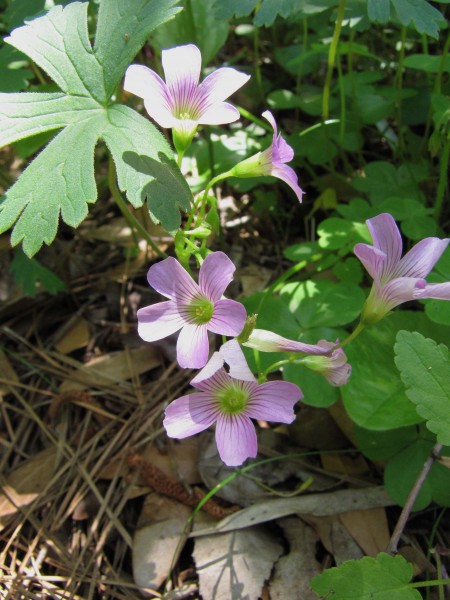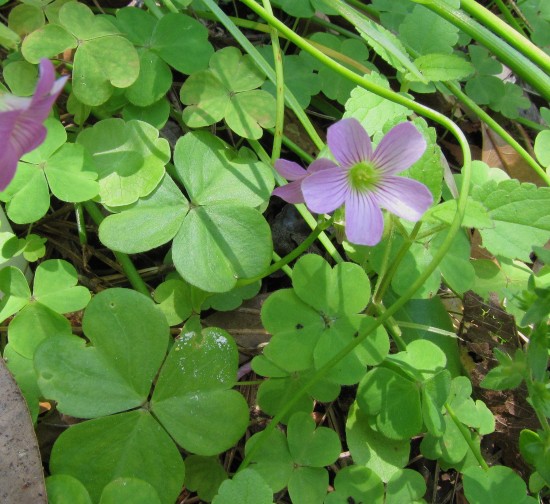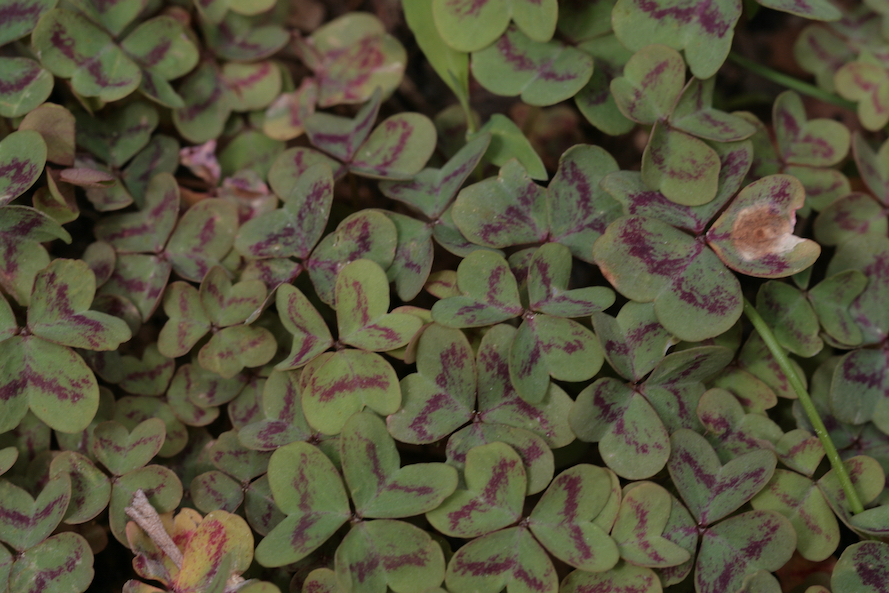NC Native Plant Society:
Plant Details
Oxalis violacea
Violet Wood-sorrel
Scientific Name: |
Oxalis violacea |
|---|---|
Genus: |
Oxalis |
Species Epithet: |
violacea |
Common Name: |
Violet Wood-sorrel |
Plant Type |
Herb/Wildflower |
Life Cycle |
Perennial |
Plant Family |
Oxalidaceae (Wood-Sorrel Family) |
Native/Alien: |
NC Native |
Size: |
1-3 ft. |
Bloom Color(s): |
Violet |
Light: |
Part Shade - 2 to 6 hours of sun per day |
Soil Moisture: |
Dry, Moist |
Bloom Time: |
April, May, June |
Growing Area: |
Mountains, Piedmont, Coastal Plain |
Habitat Description: |
Dry to moist forests (Weakley 2015). Common throughout NC. |
Leaf Arrangement: |
Basal |
Leaf Retention: |
Deciduous |
Leaf Type: |
Leaves veined, not needle-like or scale-like |
Leaf Form: |
Compound |
Life Cycle: |
Perennial |
Wildlife Value: |
Has some wildlife value |
Landscape Value: |
Suitable for home landscapes |
State Rank: |
S4: Apparently secure (*Key) |
Global Rank: |
G5 - Secure (*Key) |
|
Flowers Paynter, Wilmington, April 22, 2012 |
|
|
Leaves |
|
|
A colonial species, often in fairly dense patches. Orange County, NC
Bettina Darveaux |
|
|
Close-up of flowers Garden in Orange County, NC
Bettina Darveaux |
|
|
The top of the leaves can sometimes have purple variegation. Macon County, NC
Bettina Darveaux |
|
Links: |
|
back to top
go to plant details search
go to plant images search
go to gallery home
back to Initial o Gallery
back to orchids
back to Carnivorous Plants
back to Trilliums








